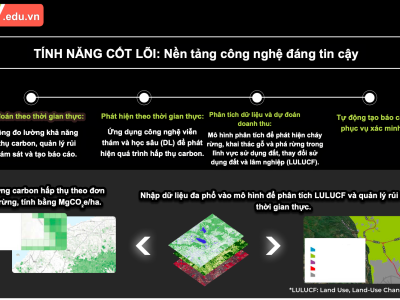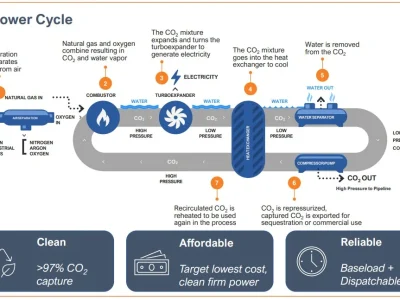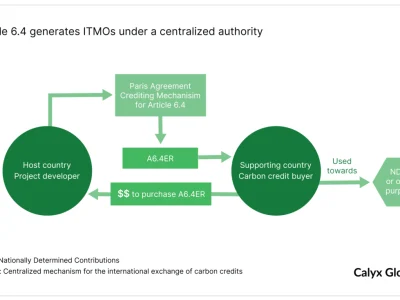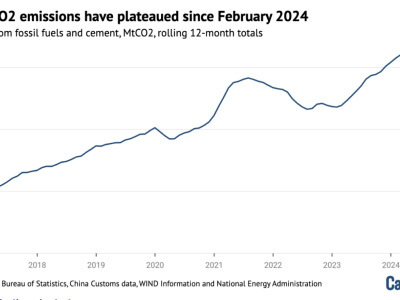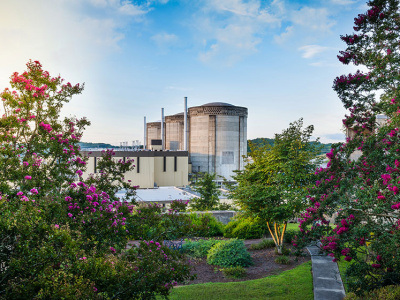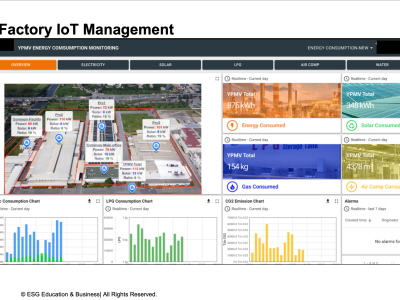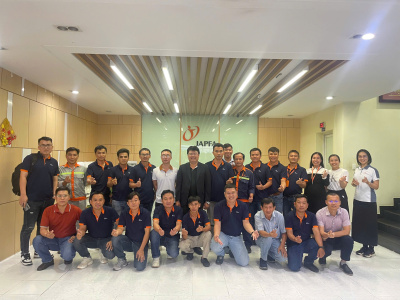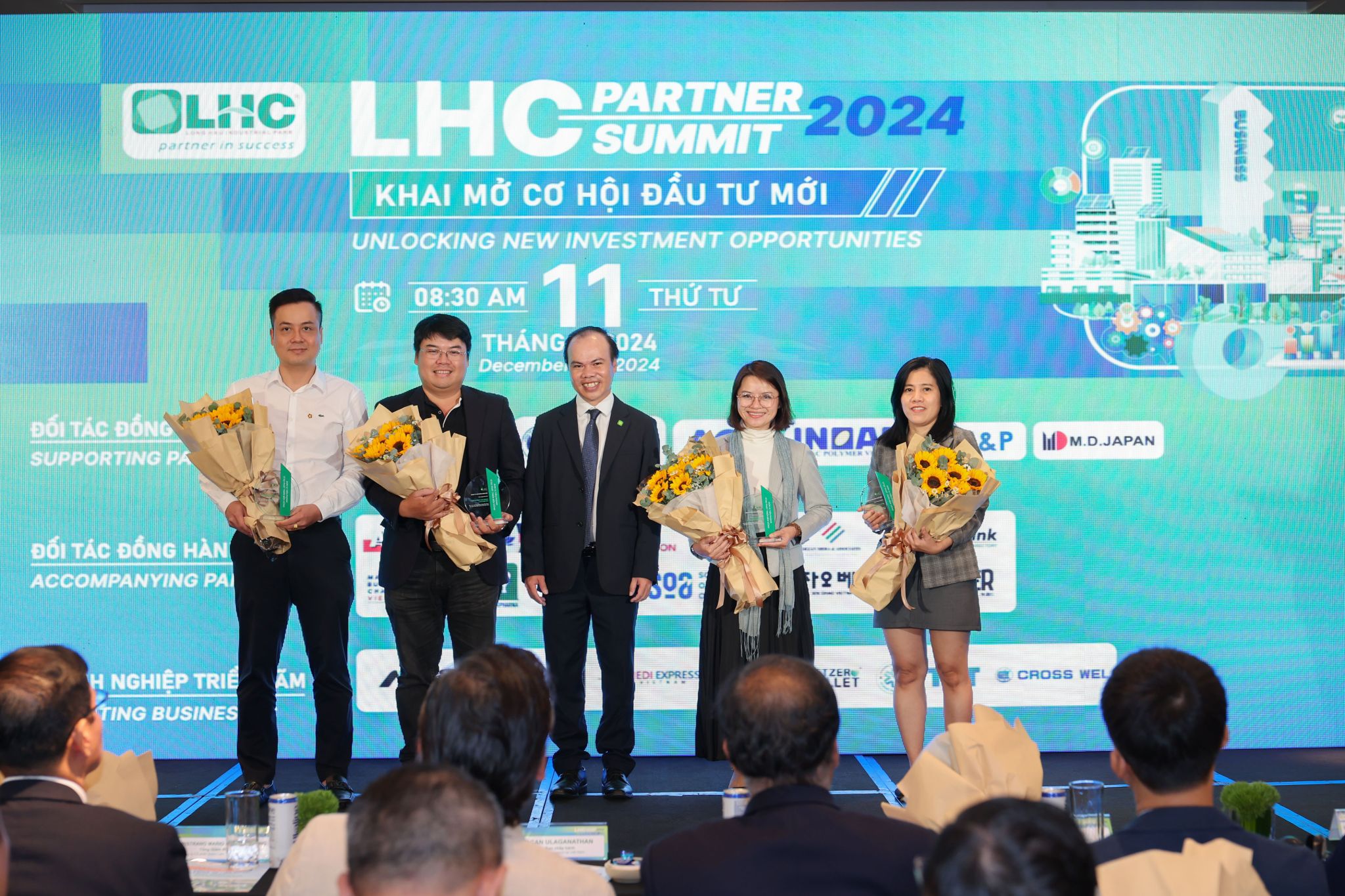 Chuong trinh dao tao
Chuong trinh dao tao
Concrete Floors – A Cruel and Inhumane Practice
While biodigesters are often promoted as a solution to manage livestock waste and generate renewable energy, they do not address the fundamental issues of animal welfare within livestock enclosures. The use of biodigesters inherently requires the installation of concrete floors for waste collection and transfer—an approach that is not only detrimental to animal health and hygiene but also raises serious ethical concerns.
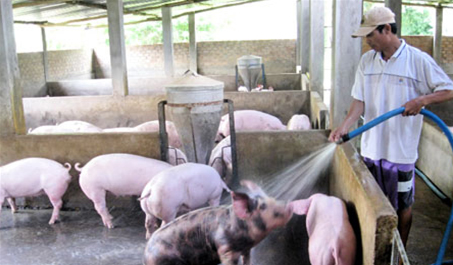
Dr. Chetana Mirle of the Humane Society International observed this firsthand during a visit to a pig farm in Vietnam, where a standard biodigester had been installed. On a small farm housing just 30 pigs, the biodigester was able to generate enough biogas to supply cooking fuel for 11 households. However, Dr. Mirle’s account reveals a disturbing reality behind this apparent success:
“To facilitate manure collection and its easy transfer to the digester, the pigs were permanently confined to a barren, crowded concrete pen. These animals were deprived of the ability to move freely, to explore, forage, or engage in any natural behaviors. I was alarmed to learn that such manure management systems are being widely promoted across Vietnam, despite the availability of more humane, effective, and sustainable alternatives to manage waste and address the climate impact of animal agriculture. Equally troubling is the trend of rapid industrialization in Vietnam’s pig sector, which is adopting some of the most intensive and cruel confinement practices known in modern animal farming.”
The root issue is clear: if we truly aimed to solve the systemic problems within pig and cattle enclosures, biodigesters would not be a necessary solution. In fact, they often serve to normalize and entrench existing abusive practices, especially those involving concrete flooring. Later sections of this paper will describe in explicit detail the physical and psychological harm that such flooring causes to pigs and cows.
Industrialized animal farming, as it stands, is fundamentally flawed in nearly every respect—and the use of concrete floors is a symbol of its failure. It is a system that treats sentient animals as unfeeling machines, prioritizing efficiency over ethics, and mechanization over compassion.
As historian Yuval Noah Harari wrote, “The treatment of domesticated animals in industrial farms is perhaps the worst crime in history.” This is not an exaggeration. Scientific consensus now confirms that farm animals are conscious beings capable of experiencing pain, fear, and suffering. They deserve to be treated with dignity, not as components in a production line.
Therefore, funding organizations and development agencies must rethink their approach. Rather than enabling the further industrialization of livestock farming in Vietnam and other developing nations, they should support truly sustainable, humane, and climate-resilient alternatives. Tragically, some international donors have not only ignored this imperative but have actively contributed to the problem by building concrete-floored pens for impoverished farmers—perpetuating a system that prioritizes short-term convenience over long-term ethics.
Before the industrialized world attempts to “help” smallholder farmers in the Global South, it must first confront and correct the environmental and ethical disasters it has created through its own industrial farming model—marked by livestock waste mismanagement and a dangerous dependency on synthetic fertilizers.
Author : Asean Farmers Expert










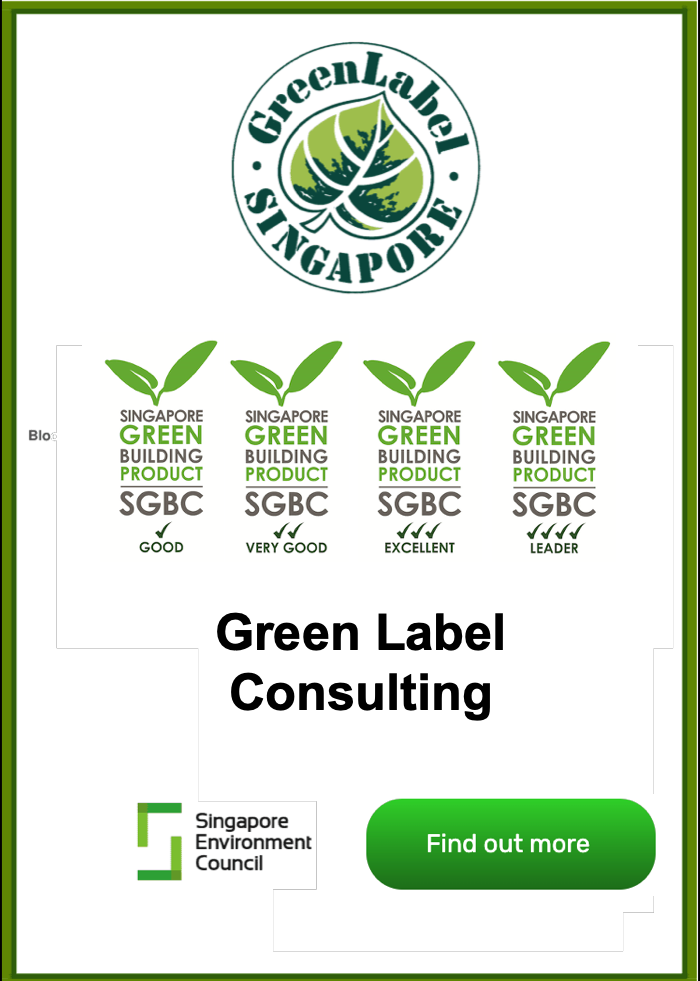
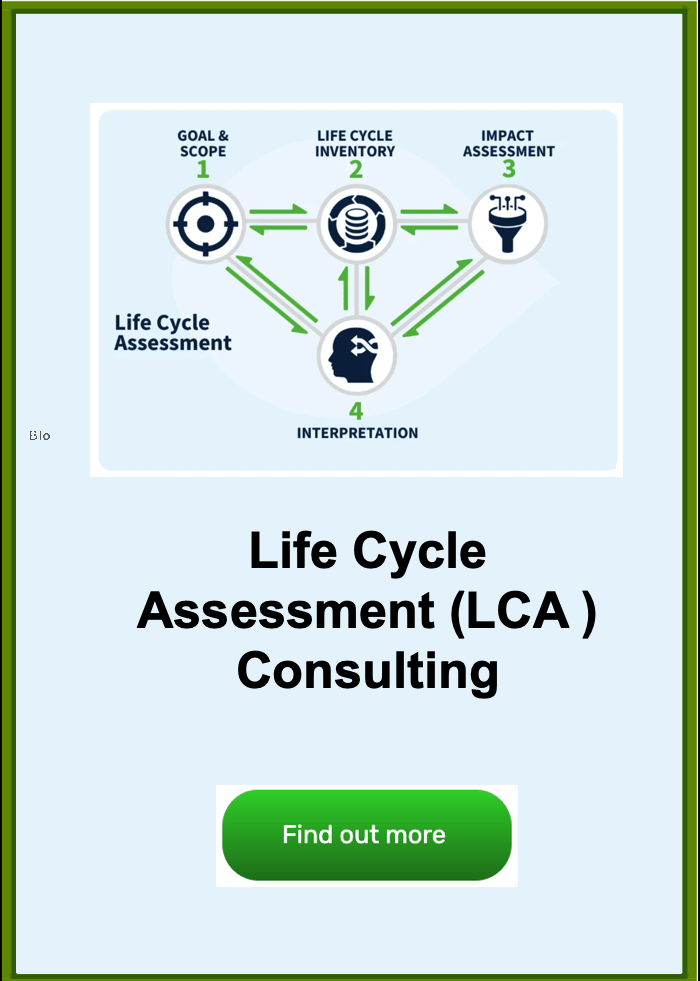
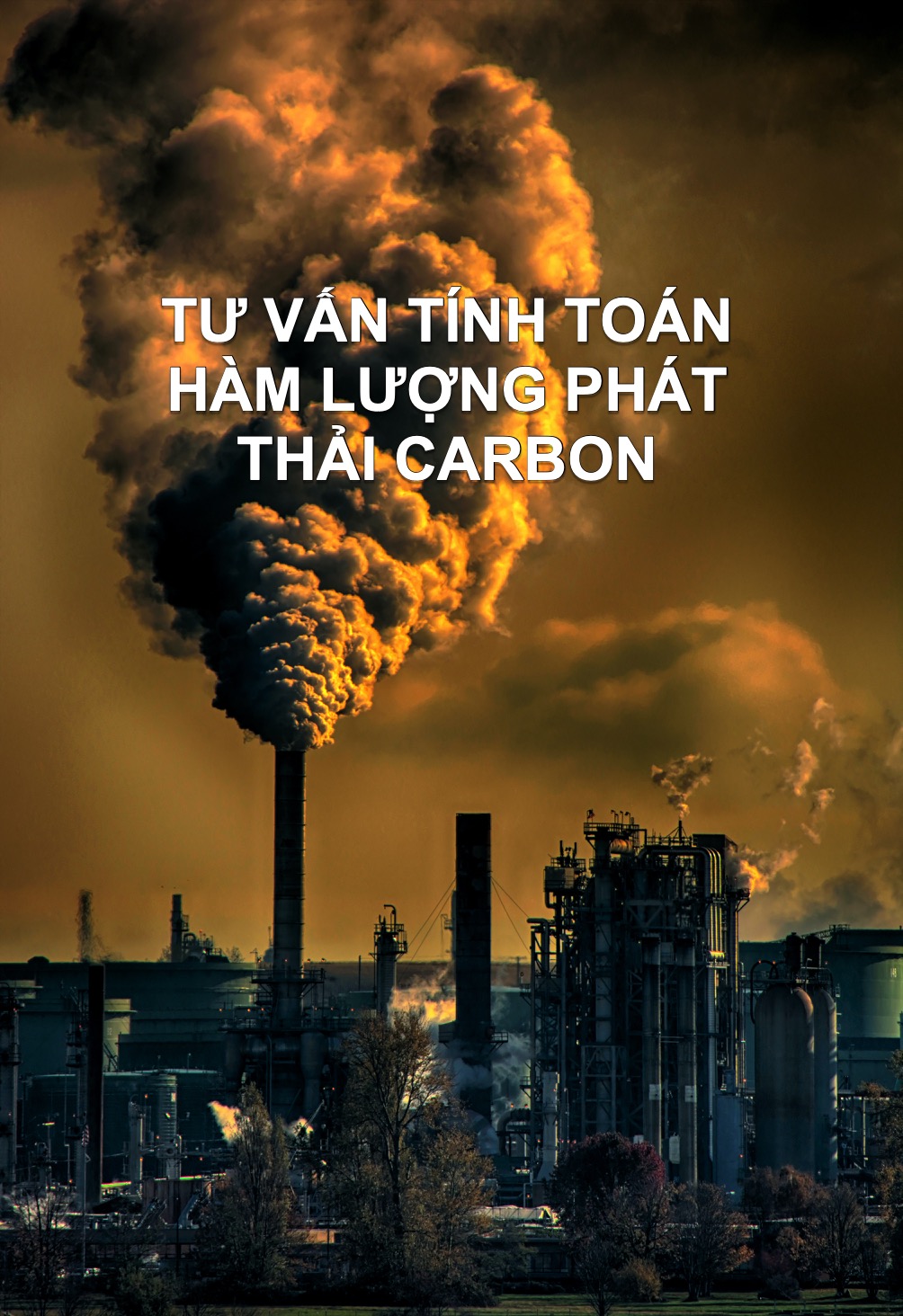

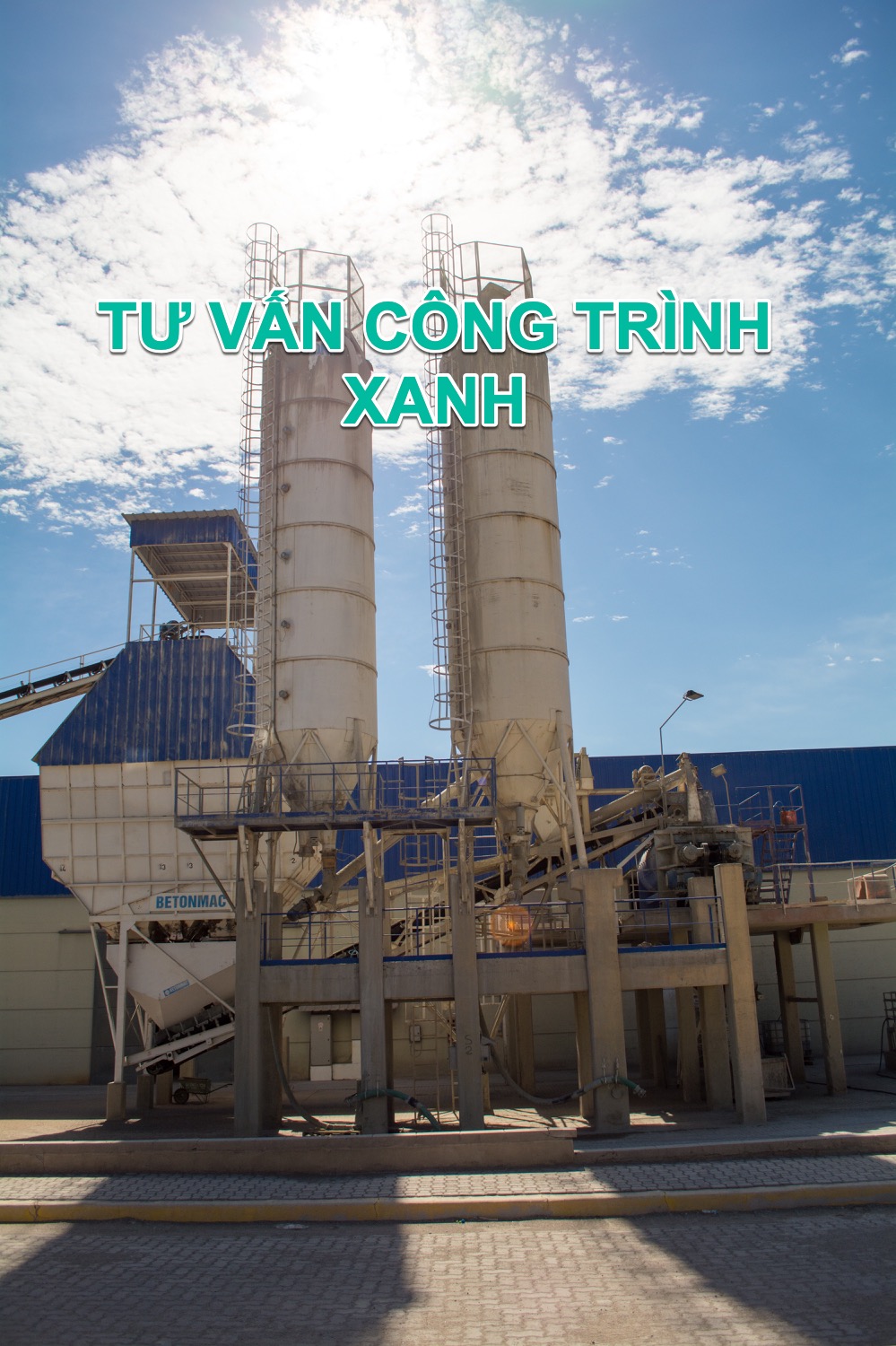
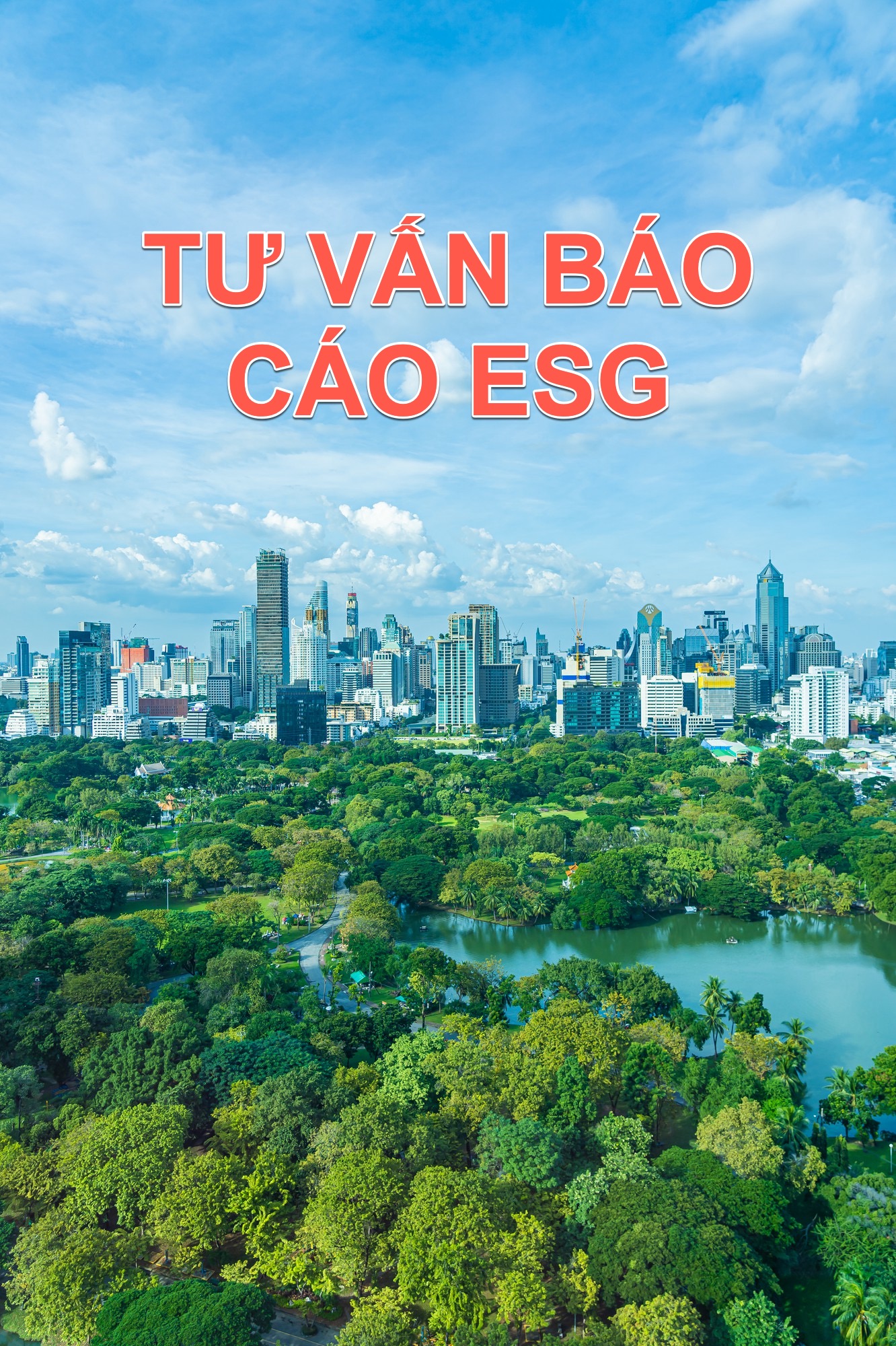

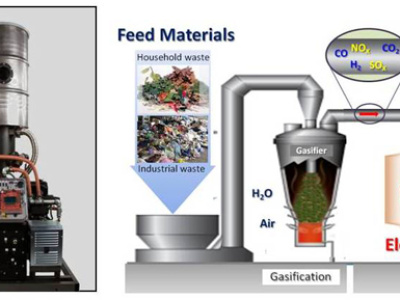




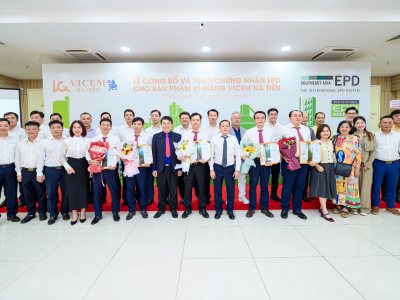



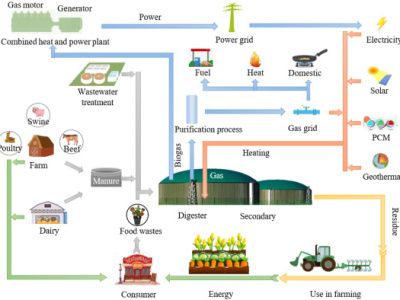
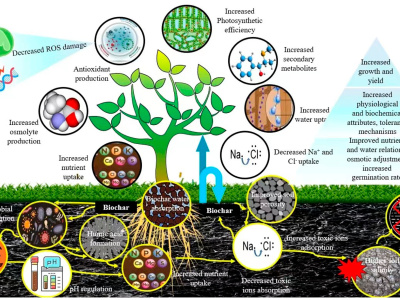
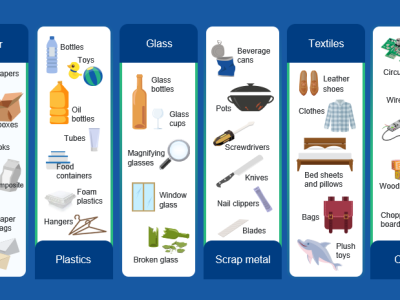
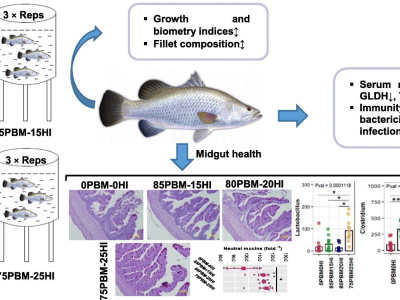

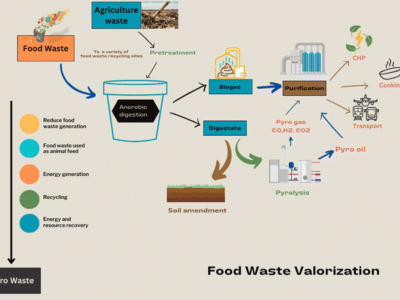

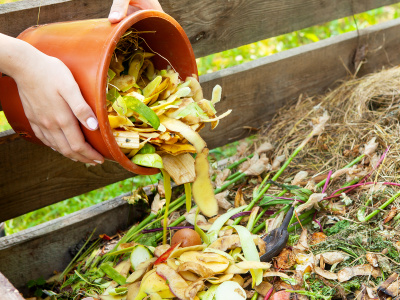


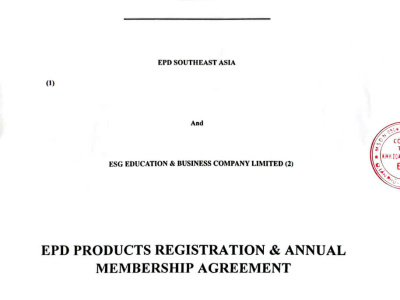
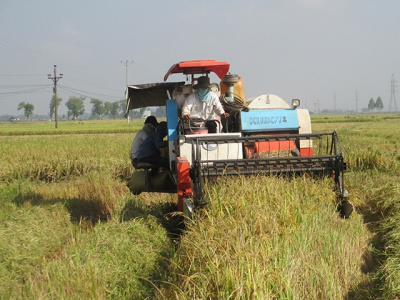
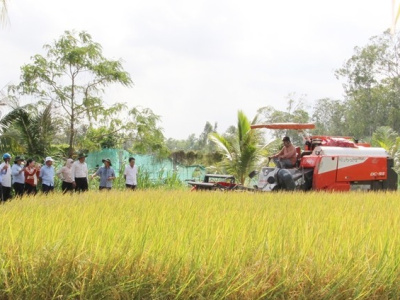
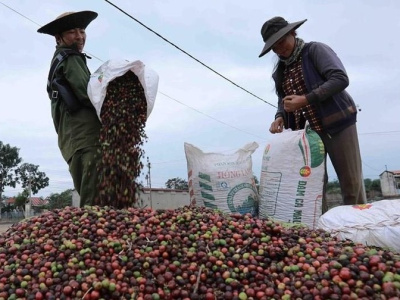
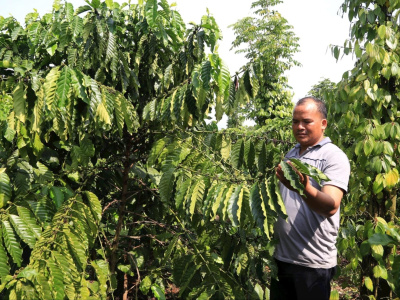
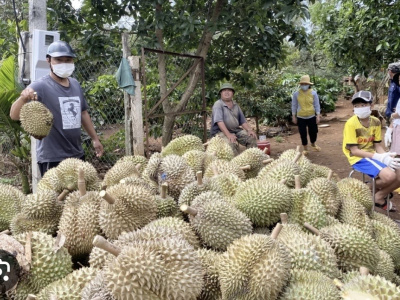

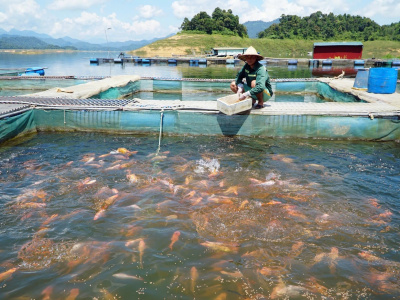
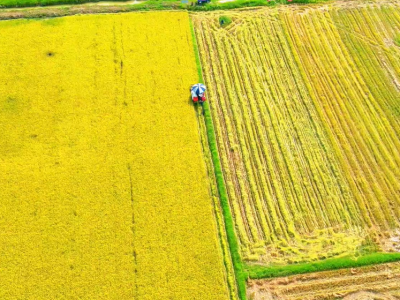
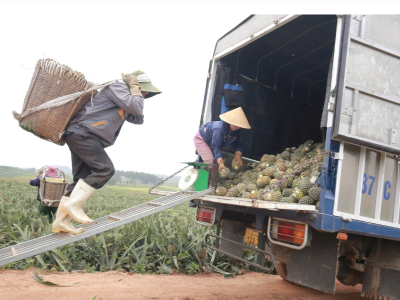
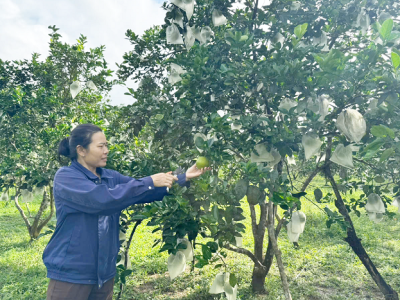
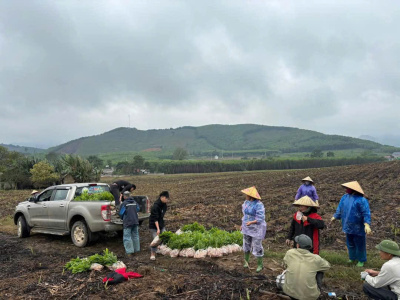
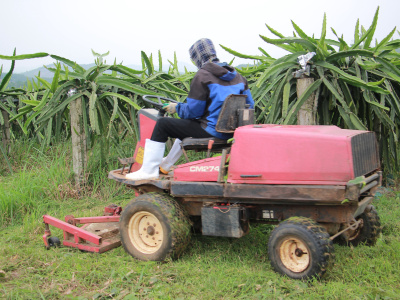
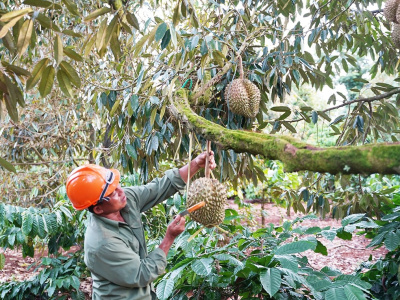
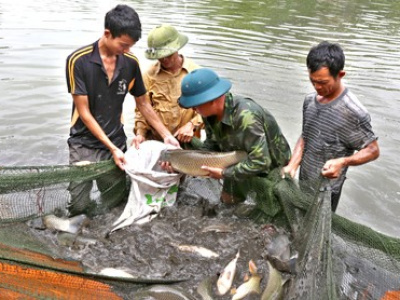
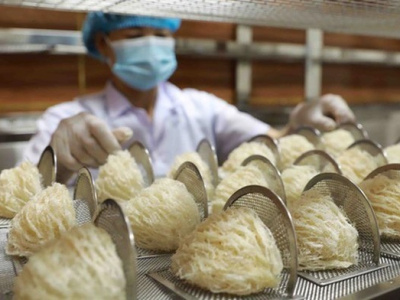

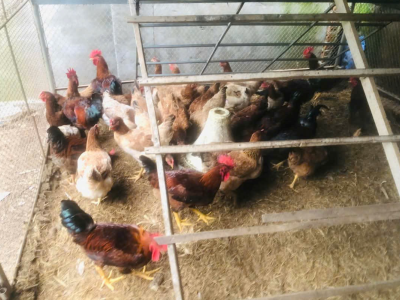
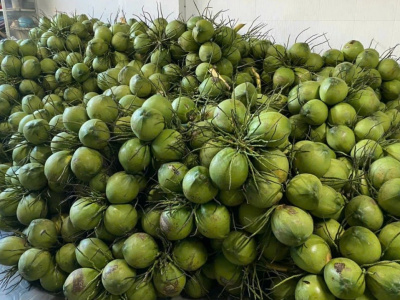
![NGUYỄN ĐÌNH QUYỀN [VN]](https://aseanfarmers.com/wp-content/uploads/NGUYEN-DINH-QUYEN-VN-400x300.png)
